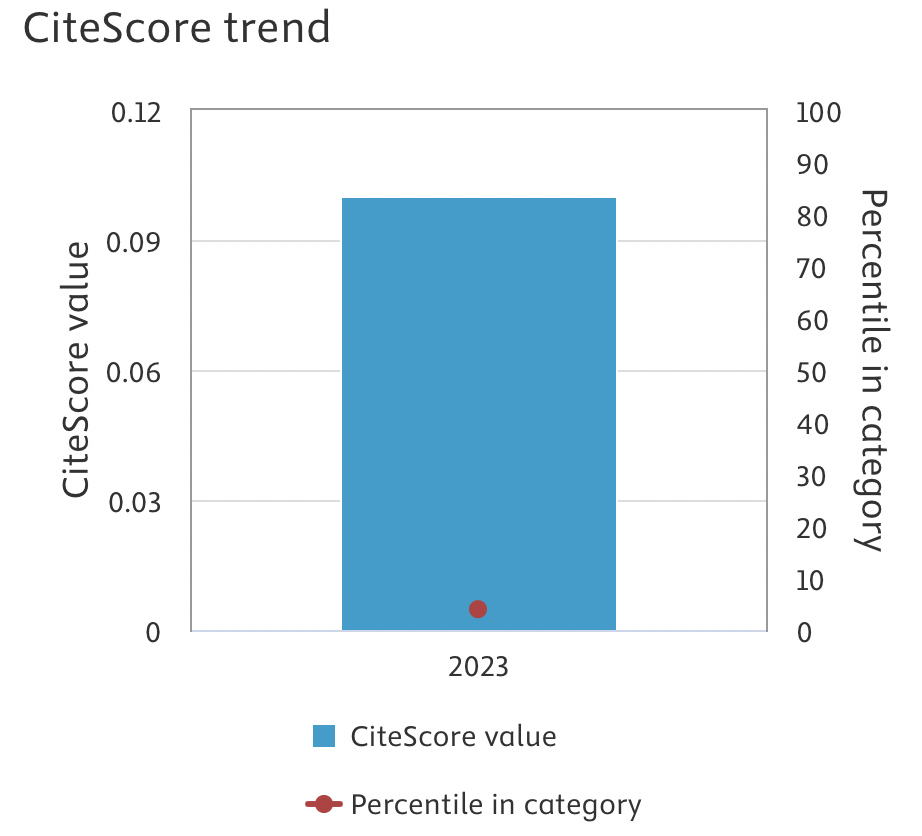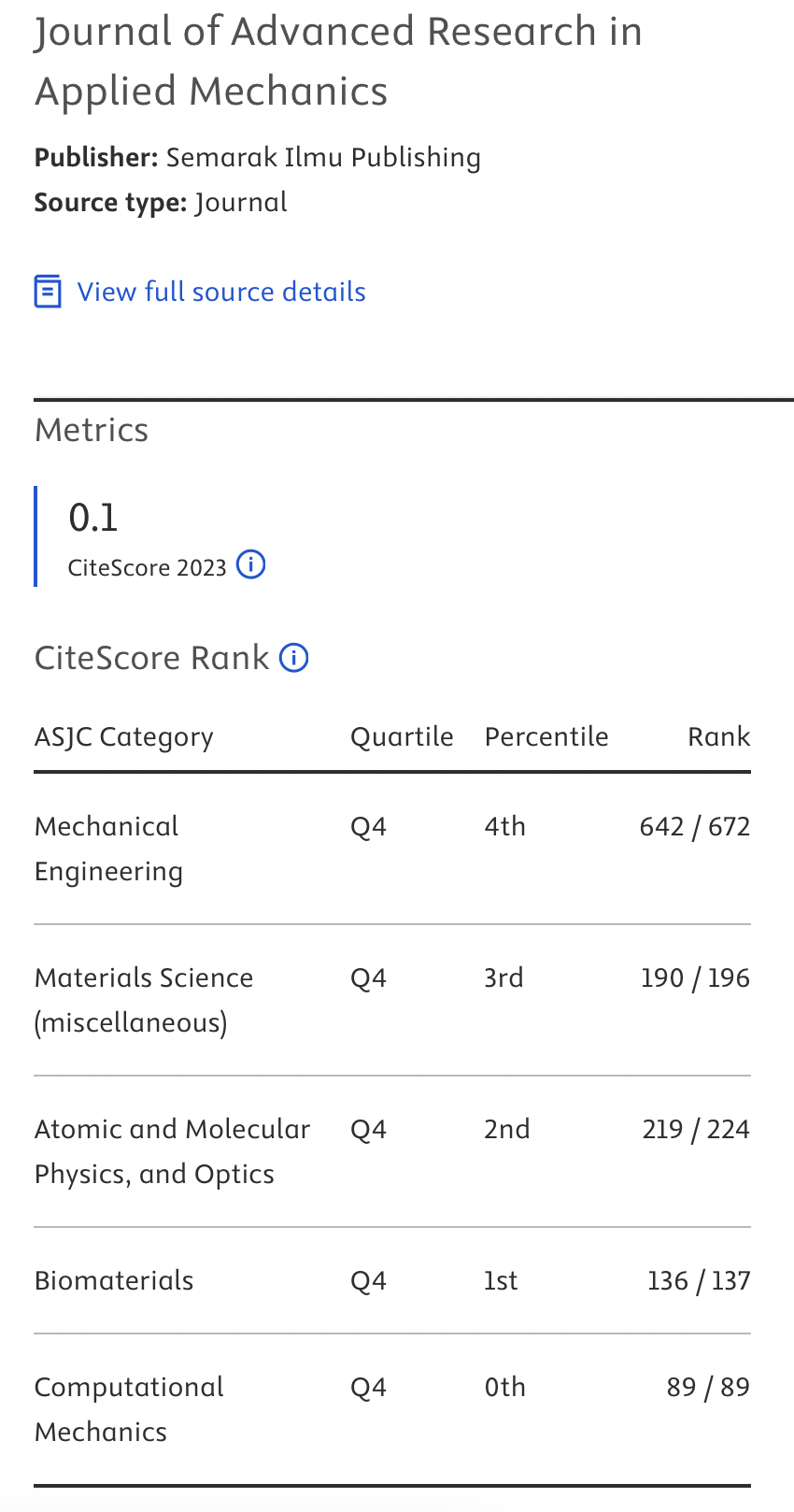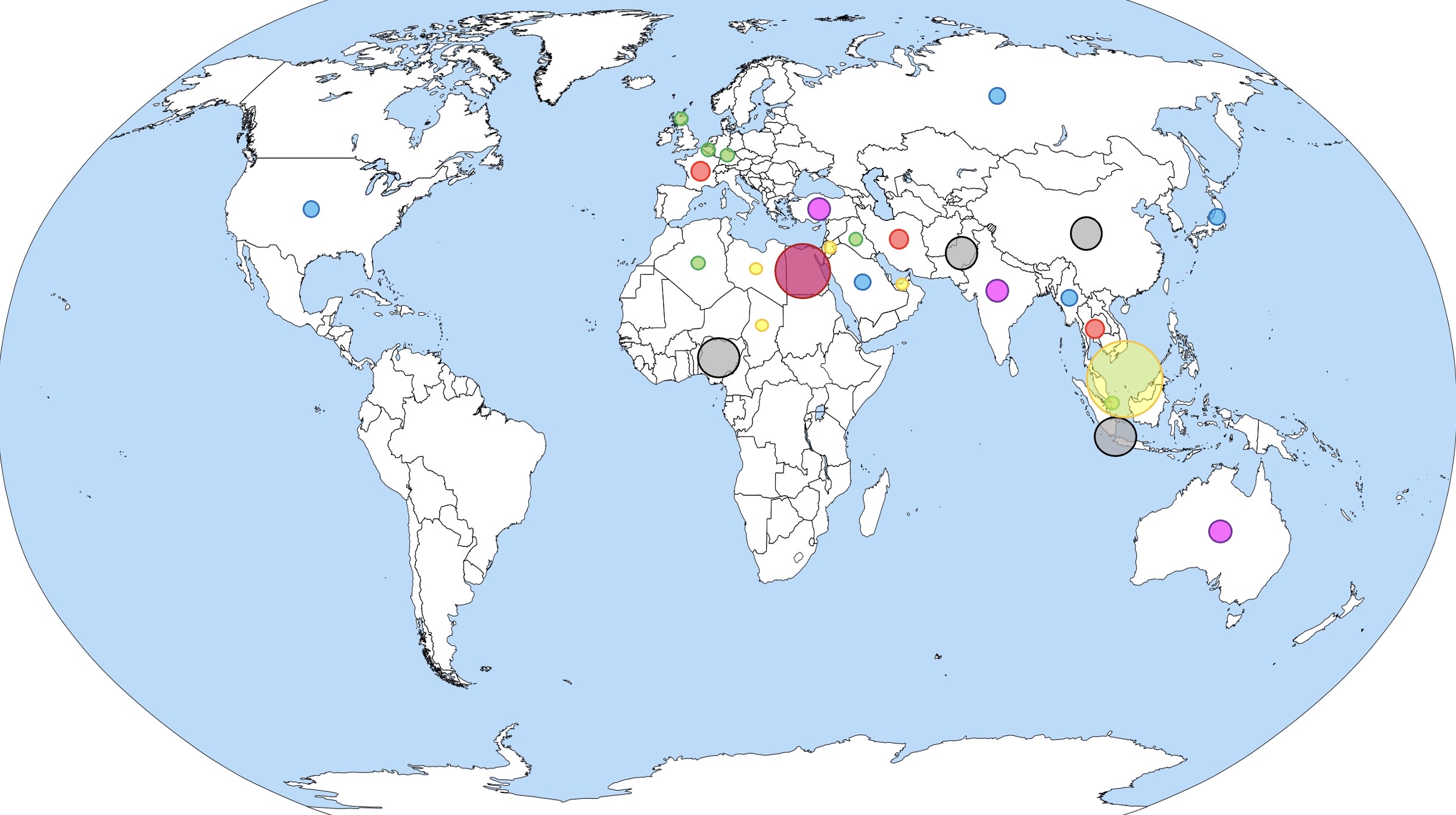Effect of Polyvinylpyrrolidone Concentration and Needle to Collector Distance on Electrospun SnO2 Fibermat Properties
DOI:
https://doi.org/10.37934/aram.137.1.3643Keywords:
SnO₂ nanofibers, electrospinning, PVP concentration, optical propertiesAbstract
Tin dioxide (SnO₂) nanofibers have garnered significant attention due to their exceptional physical and chemical properties, making them ideal for various applications, including transparent conductors and energy devices. Despite advancements in their fabrication, the optimization of electrospinning parameters, such as Polyvinylpyrrolidone (PVP) concentration and needle-to-collector distance, remains underexplored. This study aims to investigate the effects of these parameters on the structural and optical properties of electrospun SnO₂ nanofibers. Using two PVP concentrations (10% and 12%) and varying collector distances (8, 10, 12 and 14 cm), SnO₂ nanofibers were synthesized, calcined at 550°C and characterized through XRD, digital microscopy and UV-Vis spectroscopy. The results reveal that increasing PVP concentration and adjusting the collector distance significantly influence fibre morphology, diameter and optical properties. Nanofibers with 12% PVP at a 14 cm distance exhibited the most uniform fibre presence post-annealing, while shorter distances yielded higher absorbance but lower transmittance. On the other hand, optimal transmittance was 97.29% achieved with a 10% PVP concentration at a 12 cm distance. These findings highlight the importance optimizing parameter to improve SnO₂ nanofiber performance, enabling for tailored applications in optoelectronics and sensing technologies.
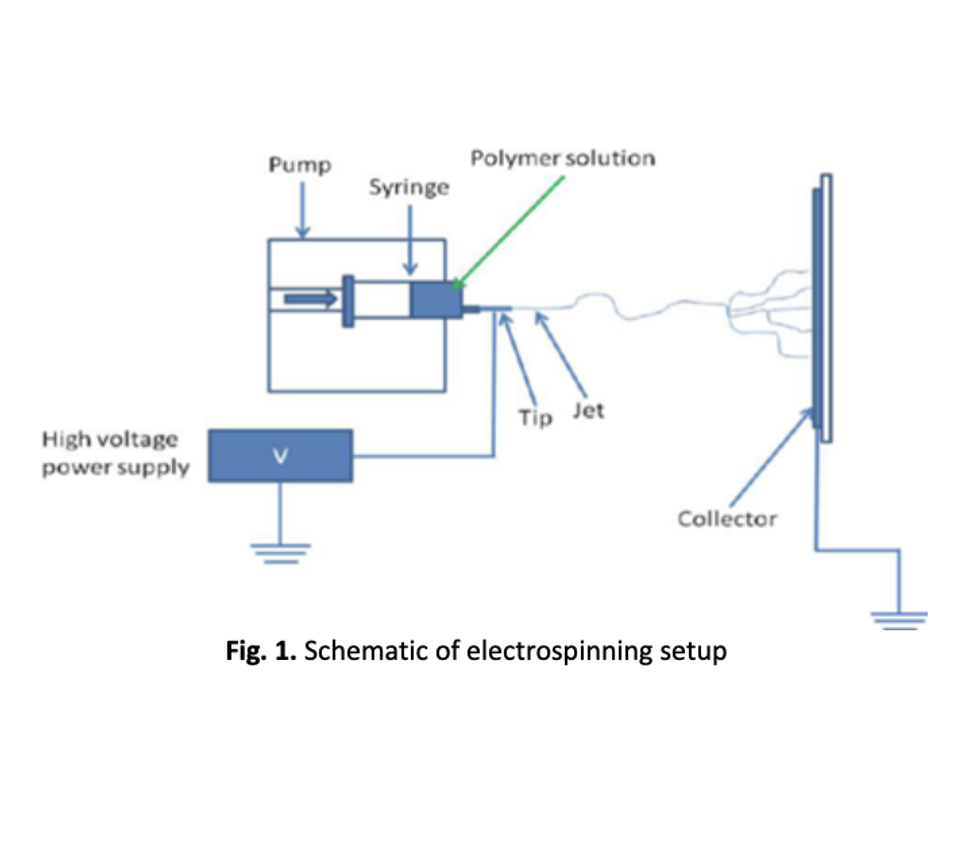




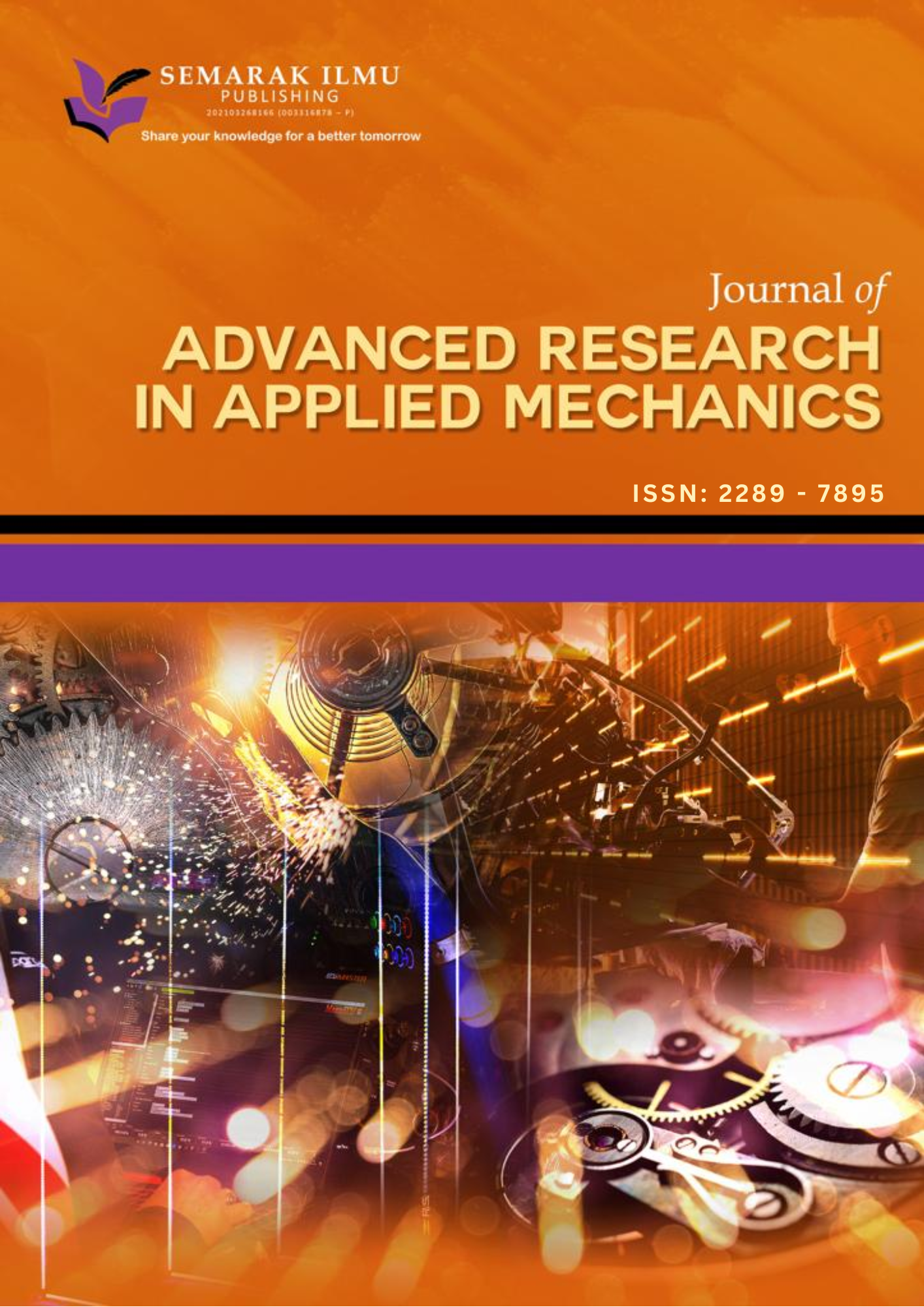
 "SHARE YOU KNOWLEDGE FOR A BETTER TOMORROW"
"SHARE YOU KNOWLEDGE FOR A BETTER TOMORROW"


